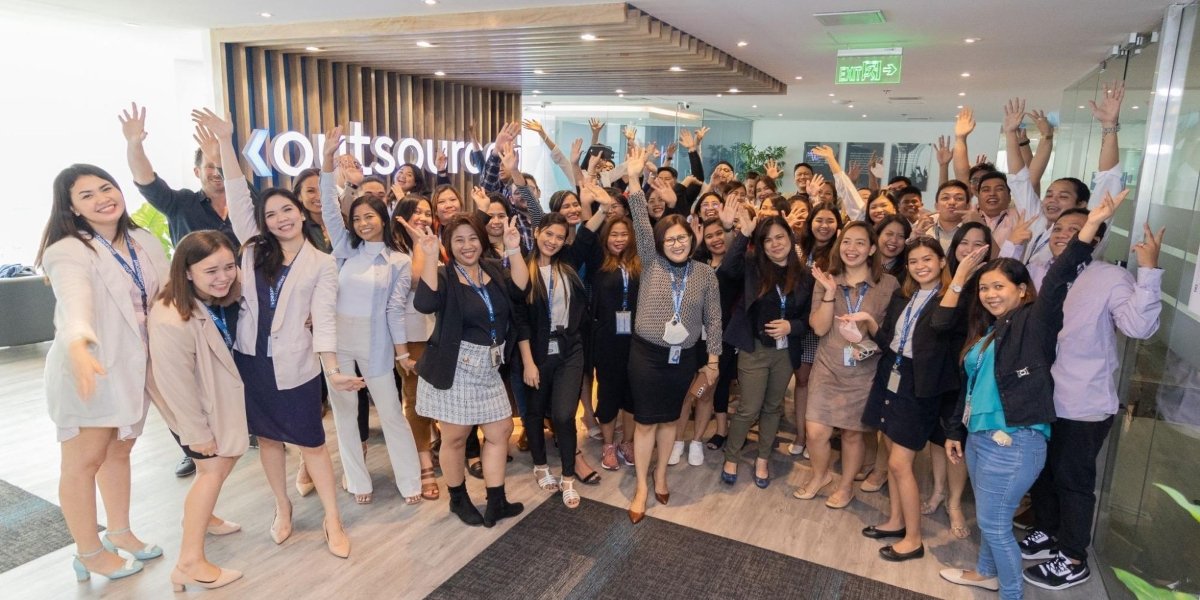Professional sectors and industries often measure an individual’s impact, contributions, and influence through tangible outcomes and the broader effects of their work. In fields such as energy engineering or land use policy, the significance of research, technological advancements, and policy influence goes beyond symbolic recognition. These contributions help shape industry standards, support innovation, and potentially influence global policies. Within the energy sector, progress in nuclear energy, renewable energy, and urban planning plays a key role in advancing sustainable development.
KR Rao has been a notable figure in this landscape, with contributions to energy engineering and land use policy that span decades. He has been an active participant in discussions on nuclear energy, renewable resources, and urban planning. His work often bridges multiple disciplines, connecting technical advancements with policy frameworks. His efforts have contributed to energy efficiency, sustainable urban development, and engineering innovation.
Rao has had a significant presence in nuclear and renewable energy research. His work in nuclear energy, particularly in reactor safety and energy efficiency, has been referenced in academic and industry settings. His research has contributed to advancements in reactor technology and its applications in sustainable energy policy.
Beyond nuclear energy, Rao has also contributed to renewable energy technologies. His research in hydropower, wave energy, and tidal energy has focused on improving efficiency and scalability. These efforts have supported the integration of renewable technologies into mainstream energy grids and influenced policies that promote sustainable energy solutions.
In addition to his technical work, Rao has been involved in land use policy. His contributions to urban, metropolitan, and regional planning have informed sustainability-focused policies. By integrating energy-efficient practices into large-scale infrastructure projects, he has offered valuable insights for policymakers and city planners working toward more sustainable urban environments.
Rao’s professional memberships and leadership roles further reflect his engagement in the field. He served as vice president of the Southeastern region of ASME International and is a fellow of both ASME and the Institution of Engineers, India. He is a registered professional engineer in Pennsylvania and Texas and a chartered engineer in India. From 2008 to 2011, he served on the ASME District F professional and educational trust fund board. Additionally, he is a past member of the Operations Research Society of America (ORSA) and the American Society of Planning Officials (ASPO).

Photo: Courtesy: KR Rao
His involvement in mentorship and knowledge dissemination has also made a lasting impact. Through academic institutions and engineering organizations, he has helped guide young engineers and researchers in the energy field, contributing to the development of the next generation of professionals addressing emerging challenges in energy sustainability.
Rao’s influence extends to international forums as well. He has presented research findings, moderated discussions, and collaborated with other leaders at energy and urban planning conferences. His participation in these dialogues has contributed to shaping conversations that influence industry standards and government policies.
Rao’s career trajectory aligns with the growing global emphasis on renewable energy and sustainable urban planning. His interdisciplinary approach highlights the importance of collaboration between engineers, policymakers, and researchers in addressing energy and environmental challenges. Through his contributions, Rao has helped advance the understanding and implementation of integrated energy and infrastructure solutions for a more sustainable future.
Published by Art B.










